
About this Image
Black walnut (Juglans nigra L.) is widely distributed in the deciduous forests of eastern North America.It grows in scattered pockets on favorable sites as far north as Ontario, Canada, as far west and east, respectively, as Kansas and New Jersey (with scattered occurrences up into Vermont), and south to northern Florida (Williams, 1990).The current number of walnut stems greater than 12.7 cm.

Juglans nigra (black walnut) Go Botany
Introduction. Juglans nigra L., commonly referred to as black walnut, is an ecologically and economically important tree species in the United States, valued for its timber and edible nuts (Michler et al., 2007; Newton et al., 2009).The native range of J. nigra encompasses parts of the midwestern and eastern United States and landscape plantings occur widely throughout the western United States.

Juglans nigra in Roath Park Botanic Garden
Juglans nigra L. black walnut. Data Source. Last Revised by: USDA NRCS National Plant Data Team. Curated and maintained by: USDA NRCS National Plant Data Team. Data Documentation. The PLANTS Database includes the following 67 data sources of Juglans nigra L. - Showing 1 to 25.

Juglans nigra (black walnut) Go Botany
Juglans nigra, commonly called black walnut, is a large deciduous tree typically growing 75-100' (less frequently to 125') tall with and an oval to rounded crown. Mature trees characteristically have long trunks, often with an absence of lower branching. Fissured, sharply ridged, dark gray-black bark forms diamond patterns.
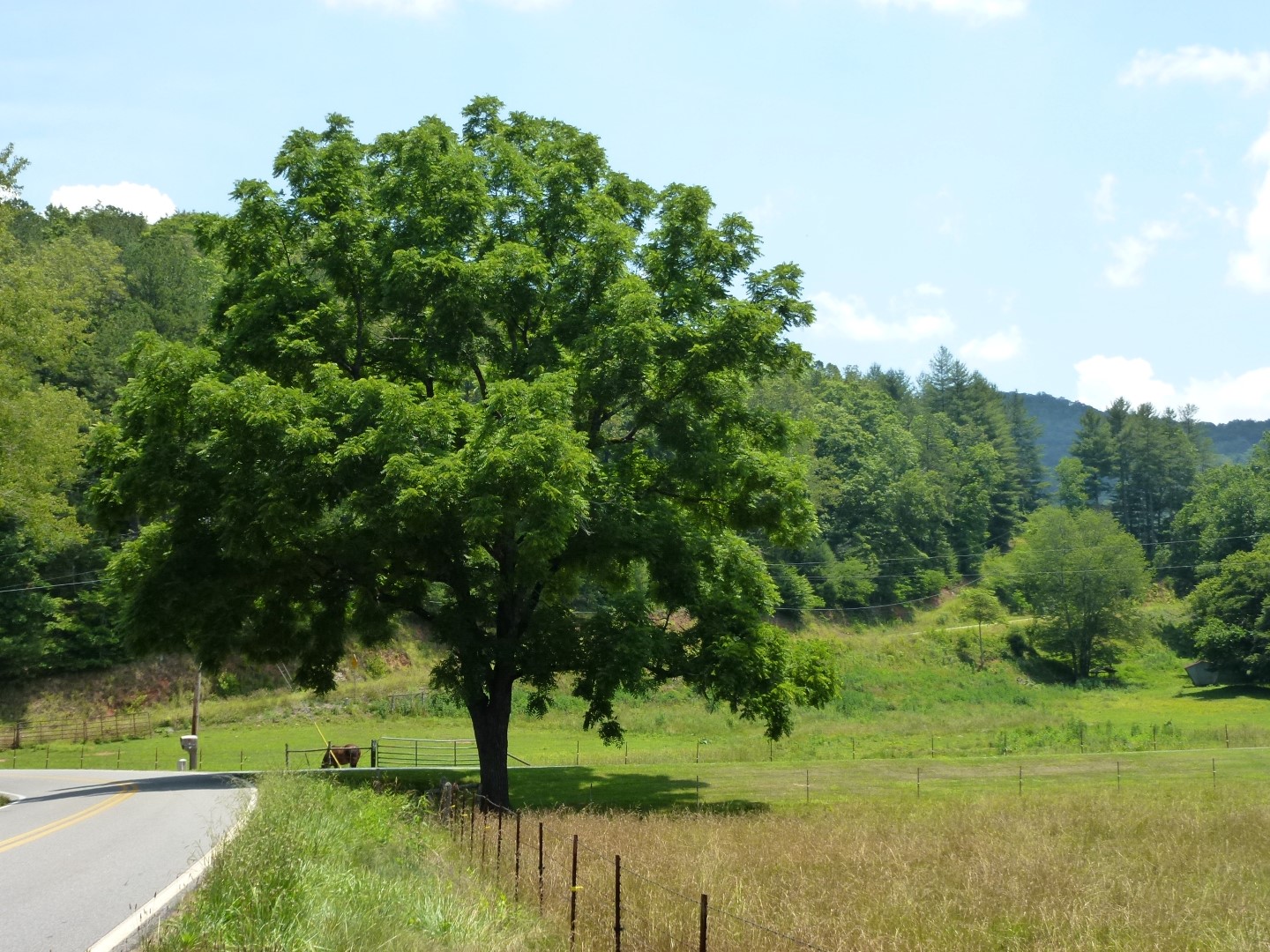
Juglans nigra Noyer noir Van den Berk Pépinières
Juglans nigra (Black Walnut) is a tall and massive deciduous tree with a large oval to rounded canopy of wide-spreading branches. The trunk is usually long and devoid of branches on mature trees. The dark gray-black bark is fissured and sharply ridged, forming attractive diamond patterns.

Hortus Italicus Juglans nigra L. 1753
Juglans nigra L. First published in Sp. Pl.: 997 (1753) This species is accepted The native range of this species is SE. Canada to Central & E. U.S.A. It is a tree and grows primarily in the temperate biome. Taxonomy Images General information Distribution Synonyms Publications Other data Distribution KBD Native to:
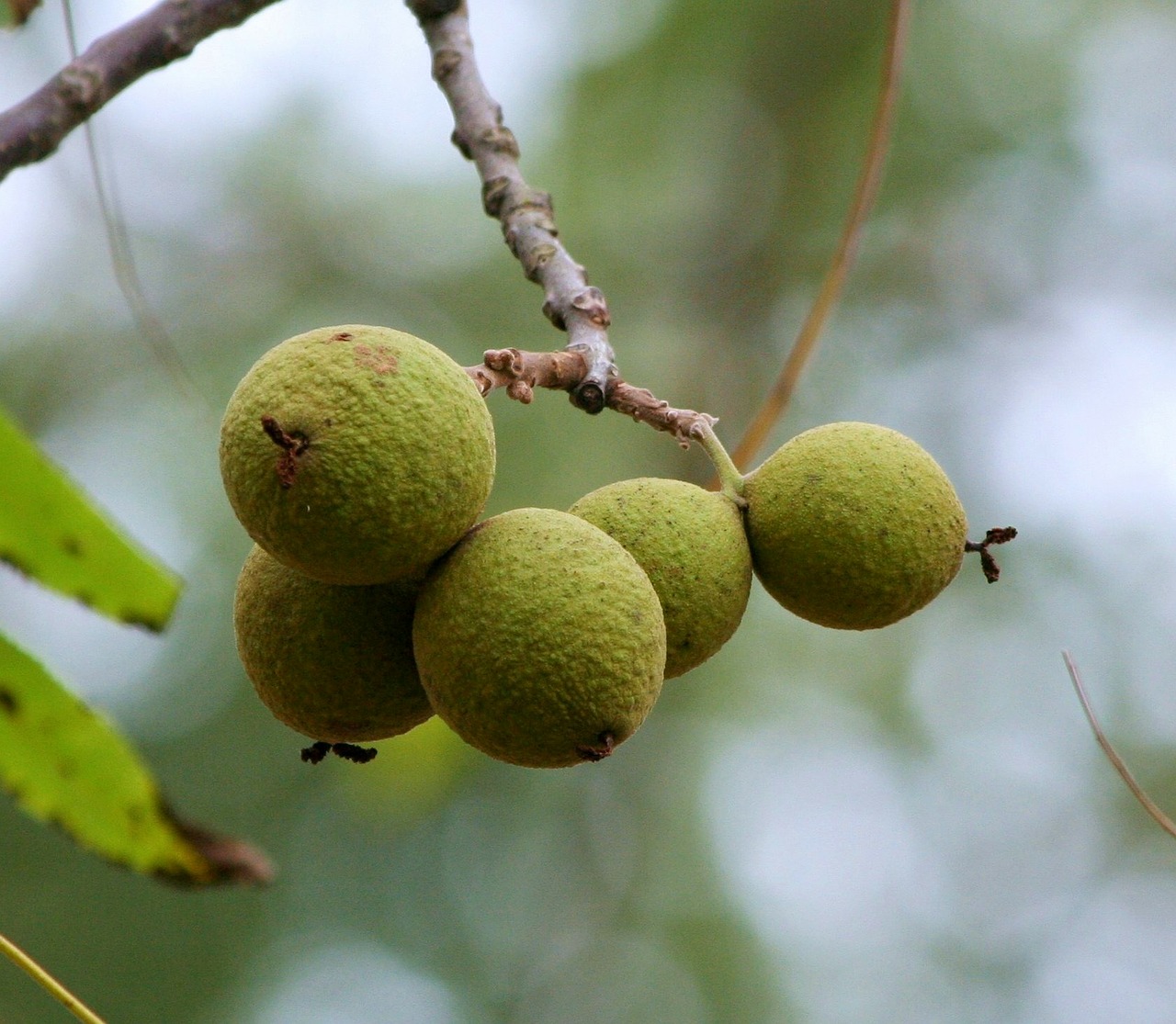
Black Walnut Trees (Juglans nigra) The Curious Bee Garden Nursery
Summary Bloom Color: Unknown. Main Bloom Time: Early spring, Late spring, Mid spring. Form: Rounded. Physical Characteristics Juglans nigra is a deciduous Tree growing to 30 m (98ft) by 20 m (65ft) at a fast rate. See above for USDA hardiness. It is hardy to UK zone 4 and is not frost tender.
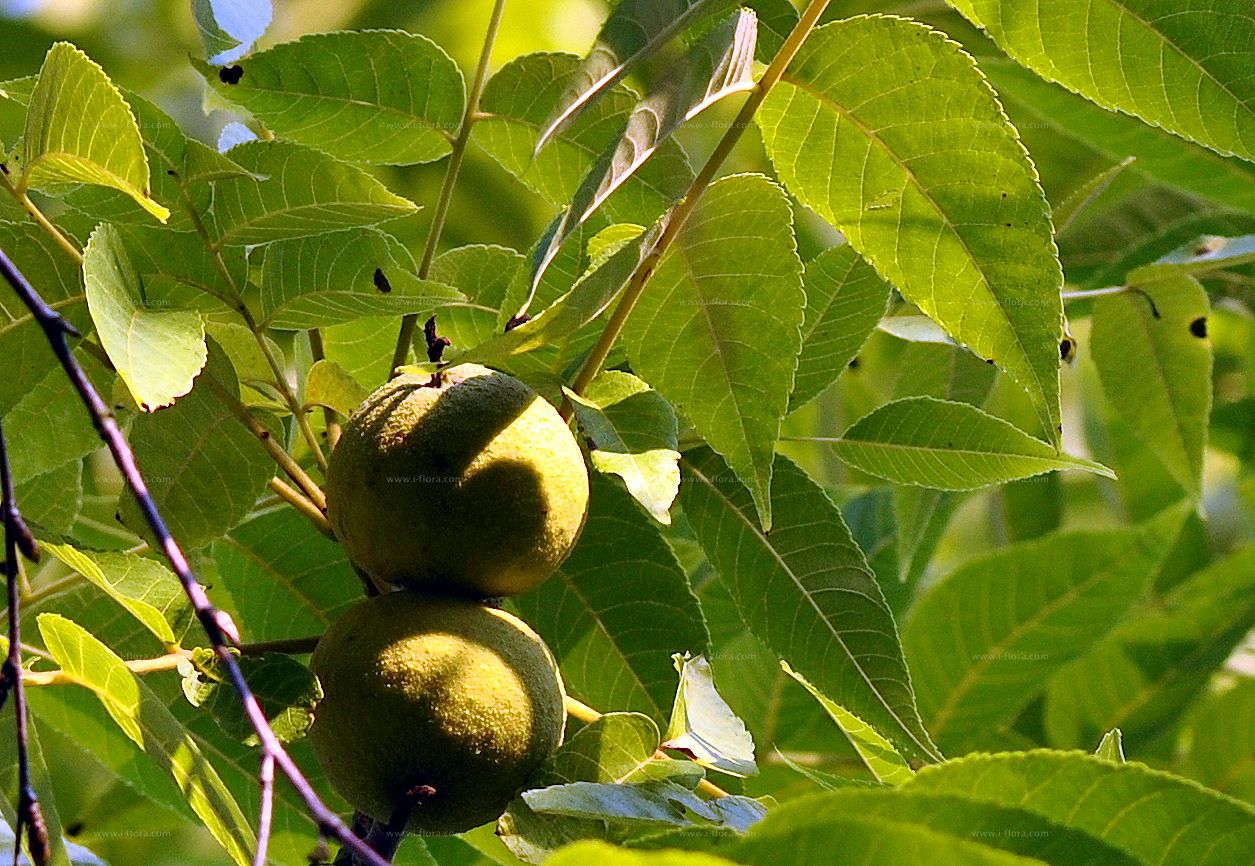
Stammbaum Schwarze Walnuss (Juglans nigra L.)
Juglans nigra, the eastern American black walnut, is a species of deciduous tree in the walnut family, Juglandaceae, native to North America. It grows mostly in riparian zones, from southern Ontario, west to southeast South Dakota, south to Georgia, northern Florida and southwest to central Texas.
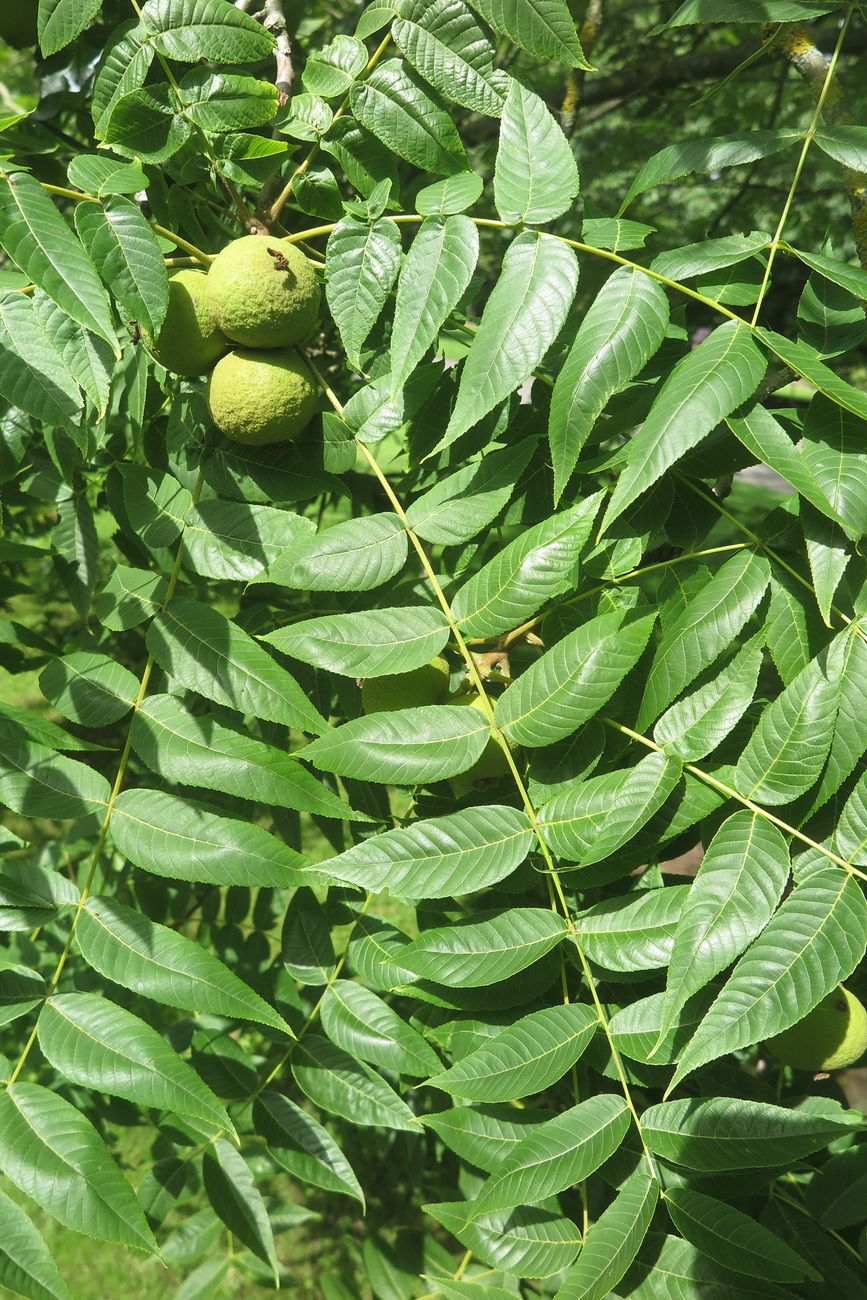
Juglans nigra L. Plants of the World Online Kew Science
Plant Guide BLACK WALNUT Juglans nigra L. Plant Symbol = JUNI Contributed by: USDA NRCS National Plant Data Center Robert Mohlenbrock @ PLANTS Uses Ethnobotanic: The bark of black walnut was used by many native groups, including the Cherokee, in tea as a laxative and chewed for toothaches.

Juglans nigra Fourth Corner Nurseries
Print Juglans nigra Jump to a section: Classification | Citation | Source | Synonyms Distribution Map | Photo Slideshow | Photo Gallery Distribution Map: Based on vouchered plant specimens only. View county names by placing the mouse cursor over a particular county. ** Not applicable or data not available. Classification Citation
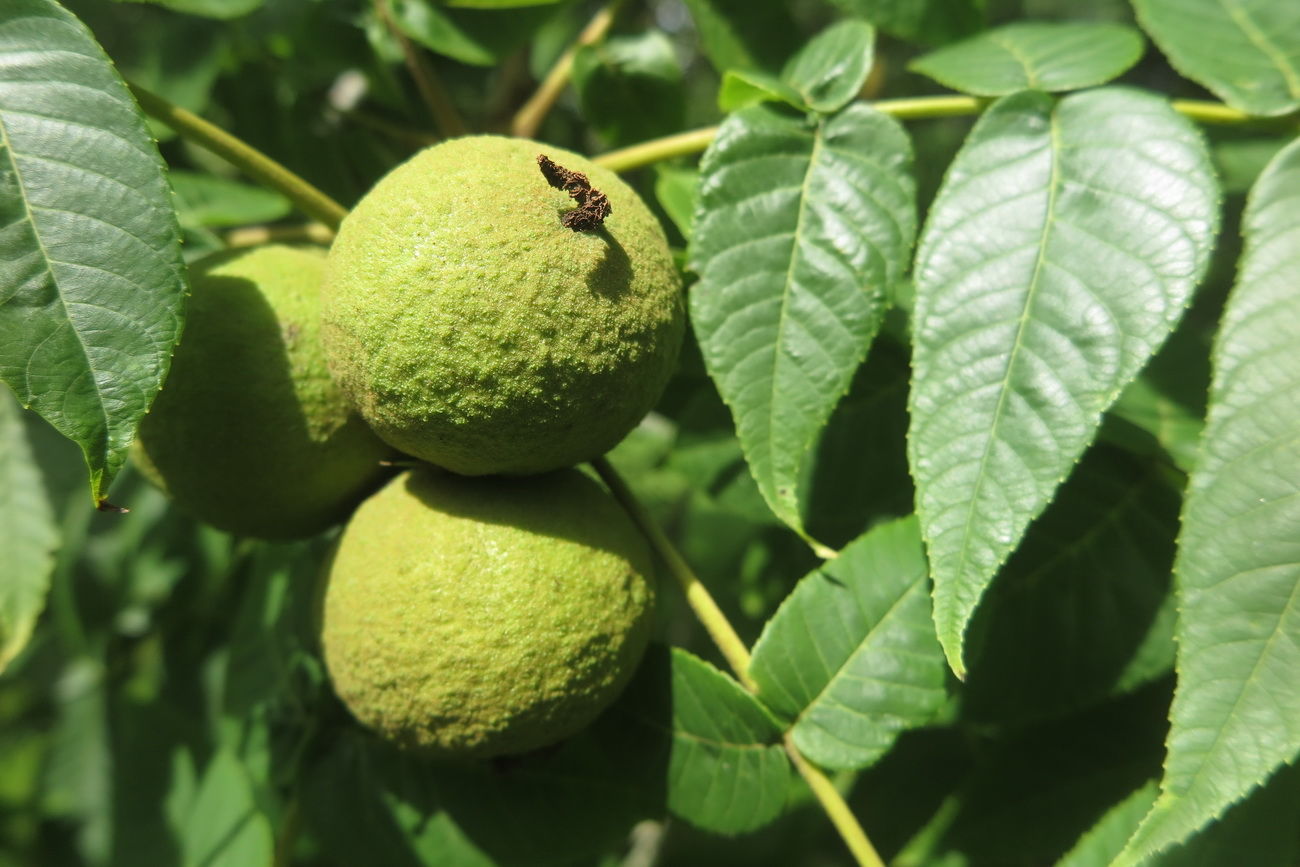
Juglans nigra L. Plants of the World Online Kew Science
Juglans nigra L. Genus Common Names Juglans nigra is a common sight in central European collections, here growing at the National Arboretum at Vácrátót, Hungary. Image Tom Christian. Large tree to 40 (-50) m. Bark medium to dark grey or brownish, with deep, narrow ridges.

Black Walnut, Juglans nigra Village Herbals
Juglans nigra L., commonly referred to as black walnut, is an ecologically and economically important tree species in the United States, valued for its timber and edible nuts (Michler et al.,2007;Newton et al.,2009). The native range of J. nigra encompasses parts of the midwestern and eastern United States
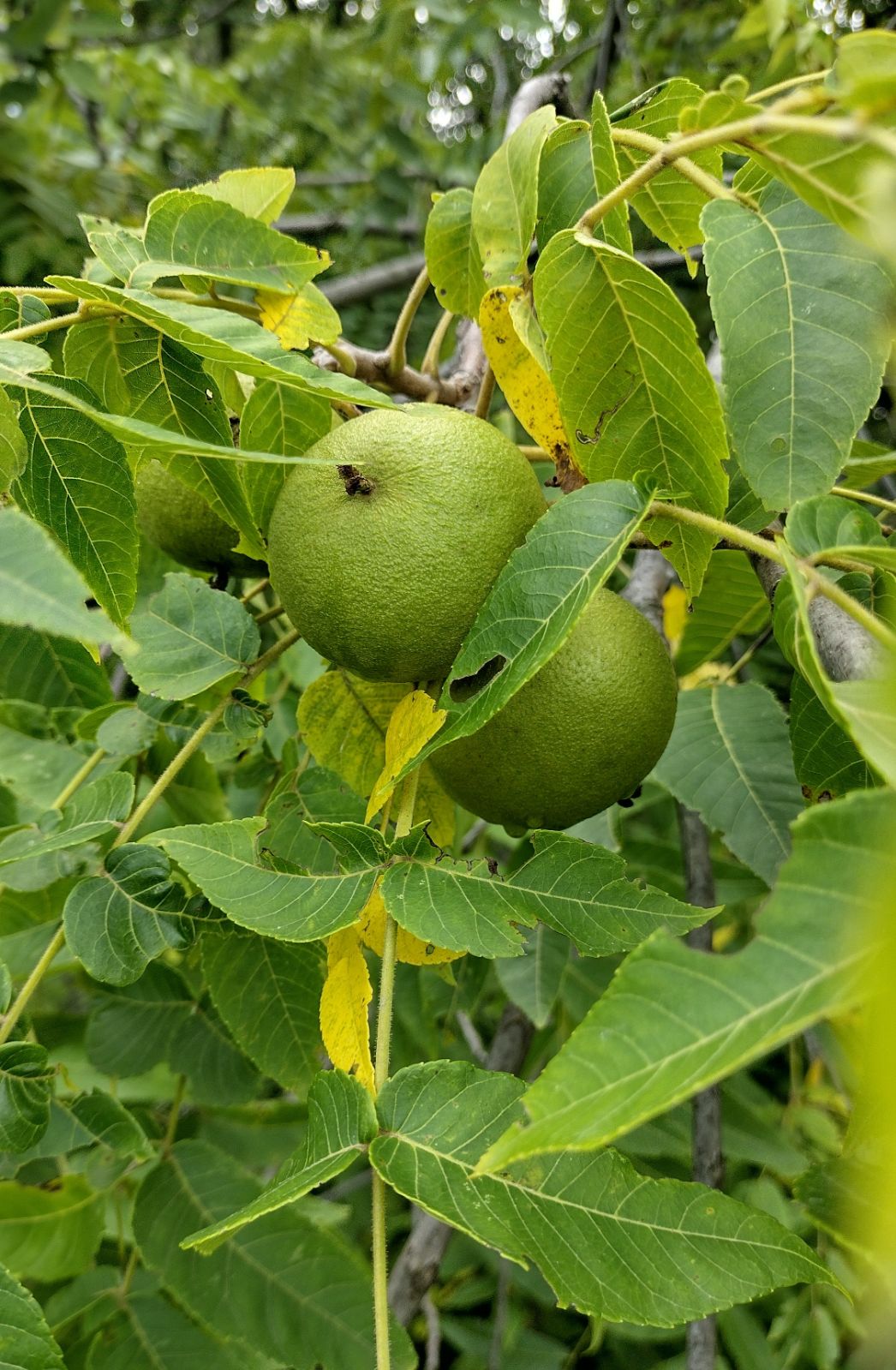
Juglans nigra Trees and Shrubs Online
Juglans nigra L. Juglandaceae -- Walnut family Robert D. Williams (Juglans nigra), also called eastern black walnut and American walnut, is one of the scarcest and most coveted native hardwoods. Small natural groves frequently found in mixed forests on moist alluvial soils have been heavily logged.

Juglans nigra (Juglandaceae) image 1339 at PhytoImages.siu.edu
Abstract Juglans nigra (black walnut) is widely distributed throughout the US eastern forest, with high concentrations occurring in Missouri and the Ohio and Tennessee River basins. It is an extremely desirable tree for wildlife forage and timber production on forest land, and for shade, aesthetics, and wildlife forage in urban areas.
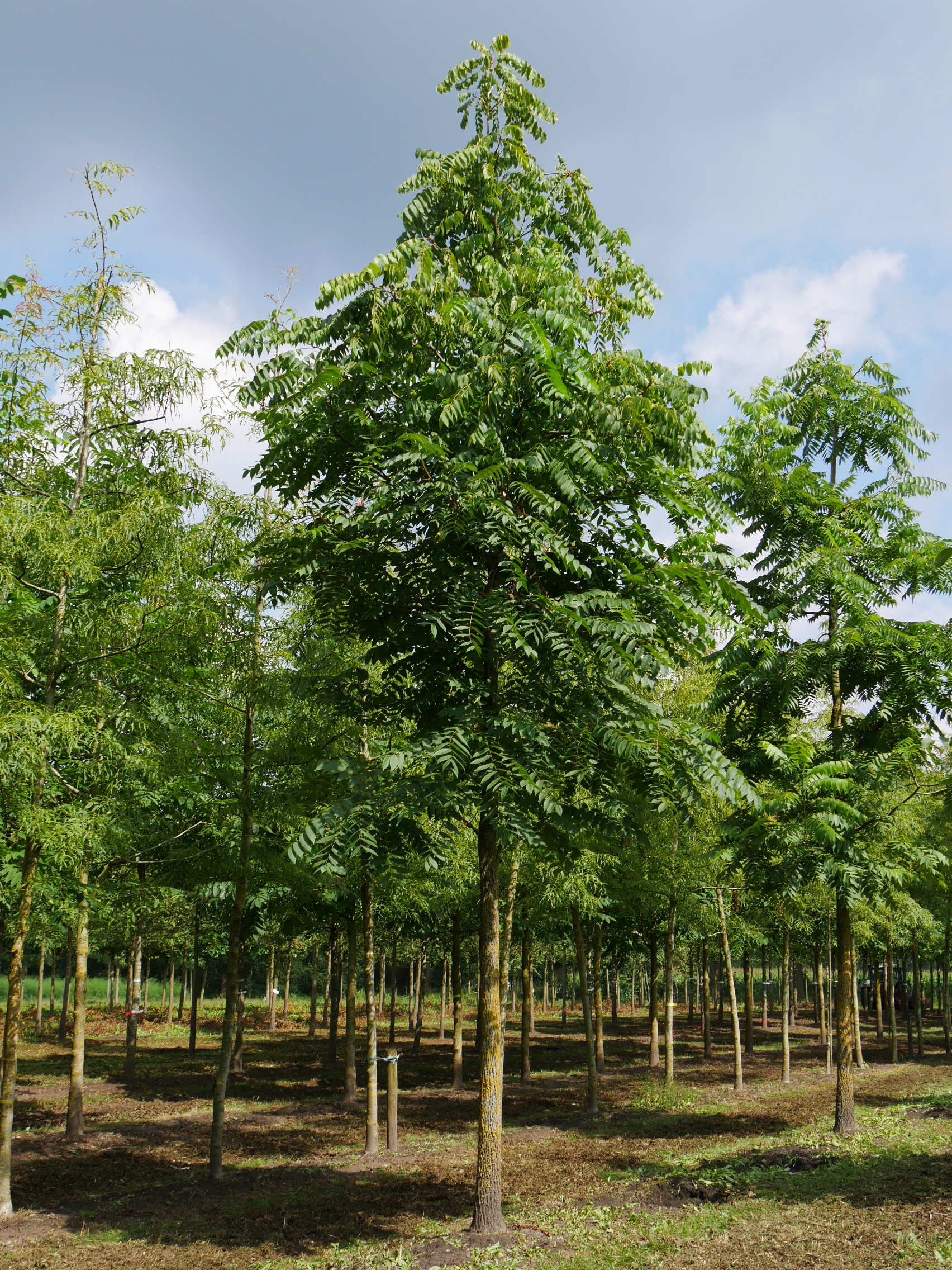
Juglans nigra Noyer noir Van den Berk Pépinières
Juglans nigra, commonly known as Black Walnut as the nuts and husks can make a dark stain, is an extremely valuable and attractive forest tree. It is a member of the walnut family (Juglandaceae) and is native to a broad swath of central and eastern North America.

Juglans nigra 3 (Black Walnut) Scioto Gardens Nursery
16 Citations Explore all metrics Abstract Black walnut ( Juglans nigra L.) is a light-demanding, competition-intolerant, and tall forest tree species, introduced in Europe from North America at the beginning of the seventeenth century.